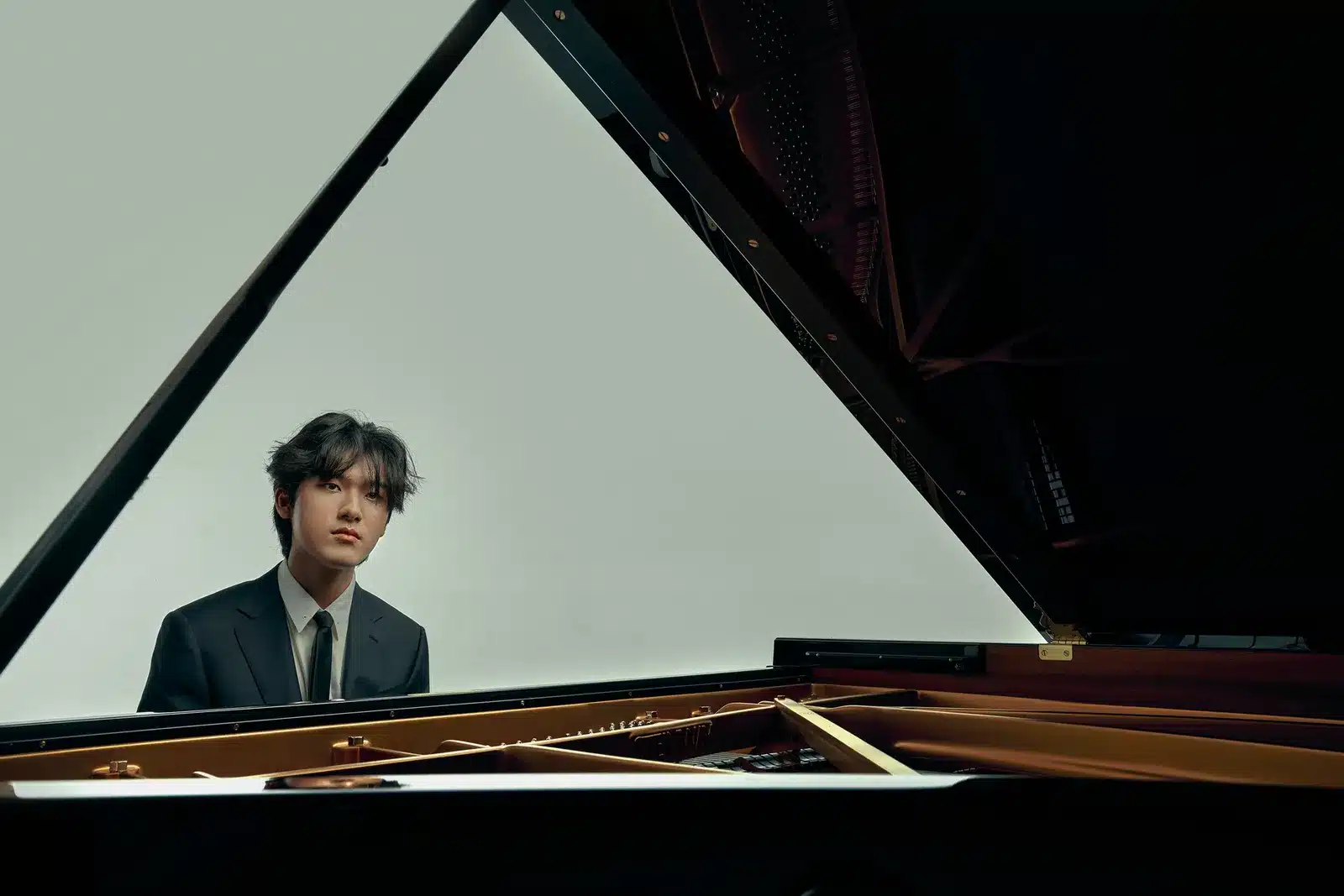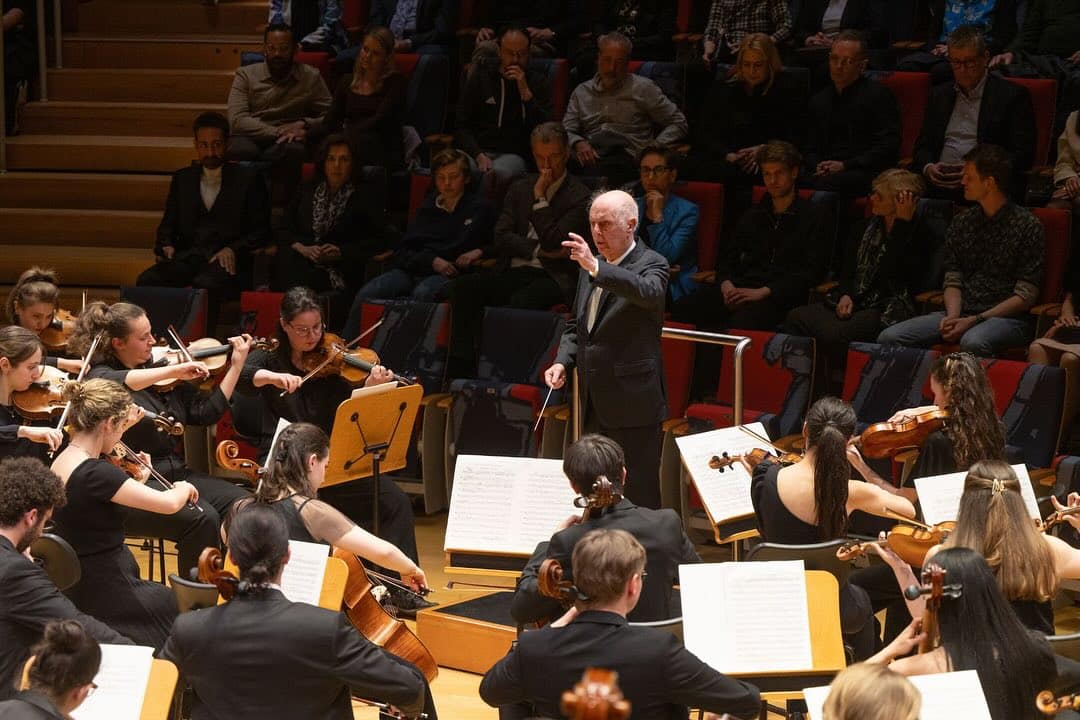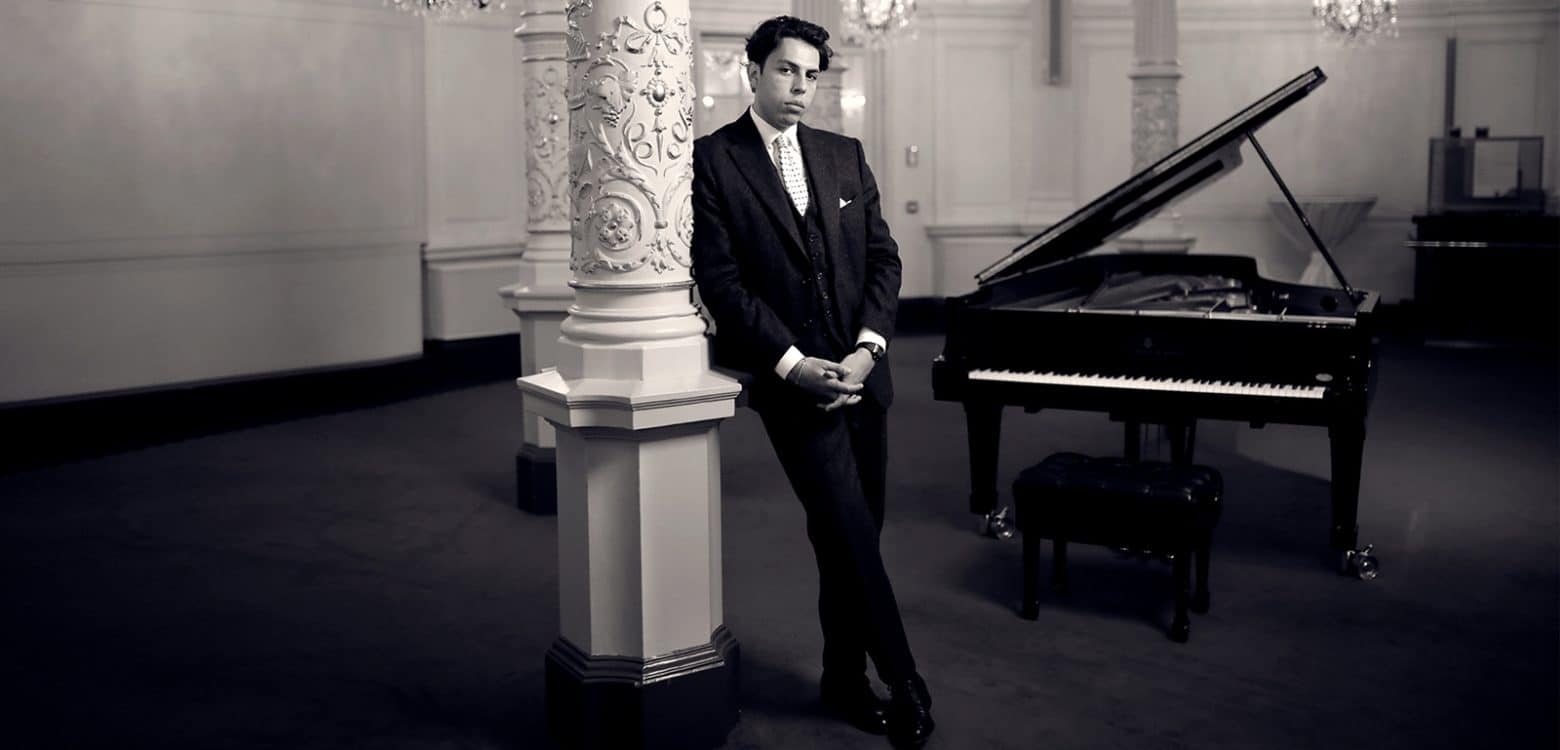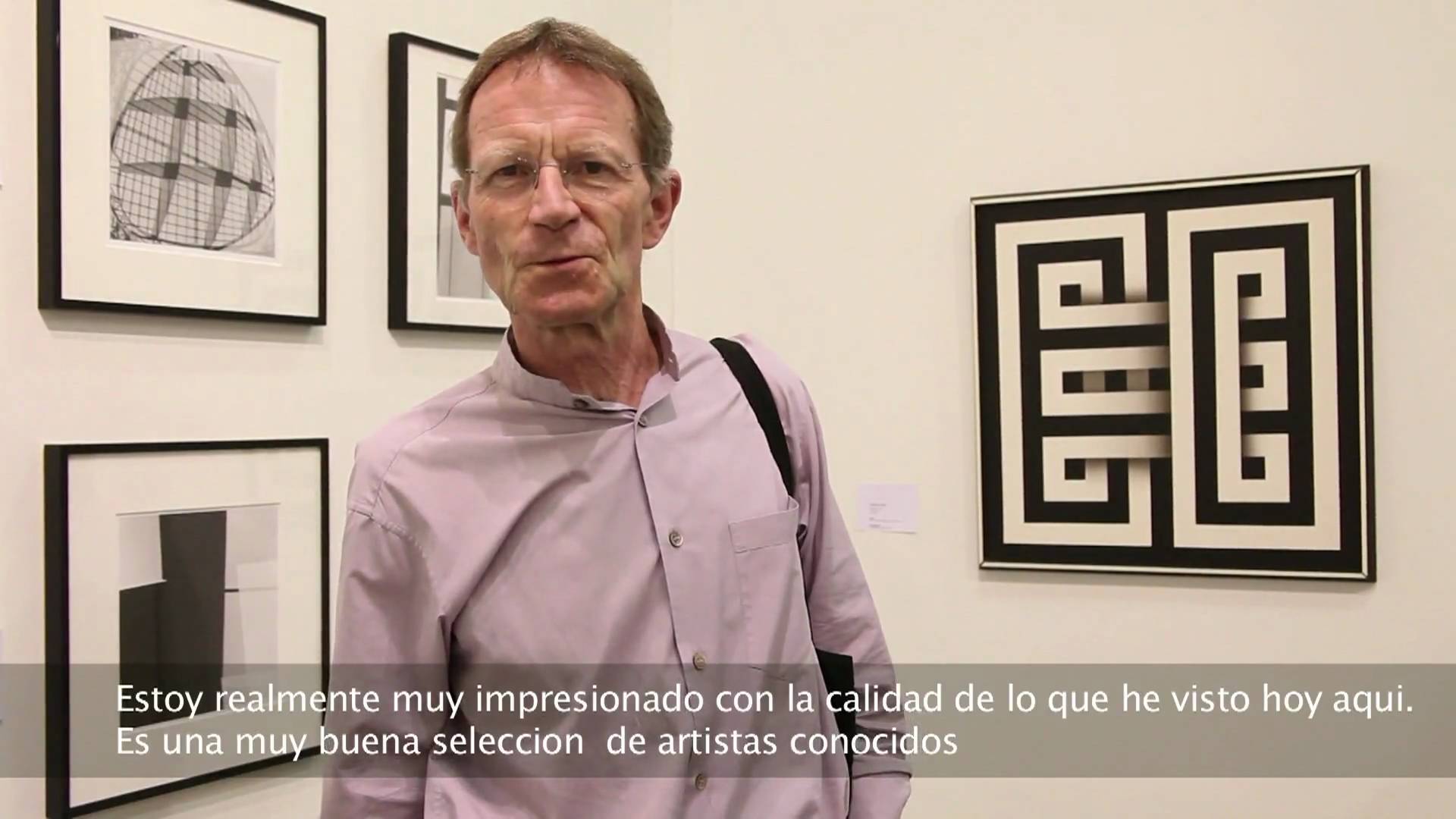Ruth Leon recommends… Conserving Rusconi: Vitruvius’s Ten Books on Architecture
Ruth Leon recommendsConserving Rusconi: Vitruvius’s Ten Books on Architecture
Vitruvius was a Roman architect and engineer during the 1st century BC, and served as an artilleryman, the third class of arms in the Roman army. Little is known about Vitruvius’ life, but he is famous and revered for his multi-volume work titled De architectura. . As the only treatise on architecture to survive from antiquity, it has been regarded since the Renaissance as the first book on architectural theory, as well as a major source on the canon of classical architecture. It is not clear to what extent his contemporaries regarded his book as original or important.
The first illustrated edition was published in Venice in 1511 by Fra Giovannie Giocondo, , with woodcut illustrations based on descriptions in the text. Bramante, Michelangelo, Palladio, Vignola and earlier architects are known to have studied the work of Vitruvius, and consequently it has had a significant impact on the architecture of many European countries.
And now, here, in the Met Museum, is a copy of Vitruvius’s Ten Books on Architecture, in the Rusconi edition. It is in very poor shape and this little film is about how the curators lovingly restored it so that it could be displayed in the Met’s galleries.
When Met fellow Yeo-Jin Katerina Bong came across a 17th century copy of Ruconi’s edition of Vitruvius’s Ten Books on Architecture in the Department of Drawings and Prints, she was elated by her discovery—but disheartened by the book’s physical condition.
Behind the scenes at The Met curator FemkeSpeelberg and book conservator Claire Manias discuss the book’s history and extensive illustrations as it is conserved for an upcoming exhibition.






Comments